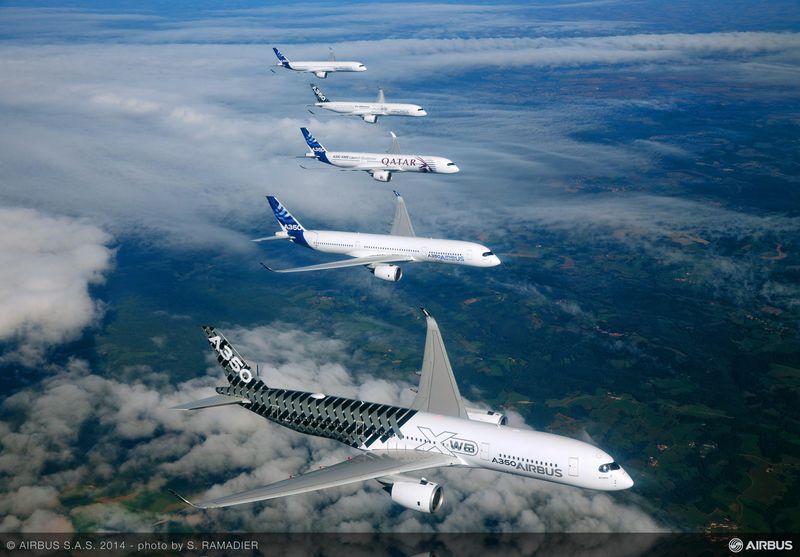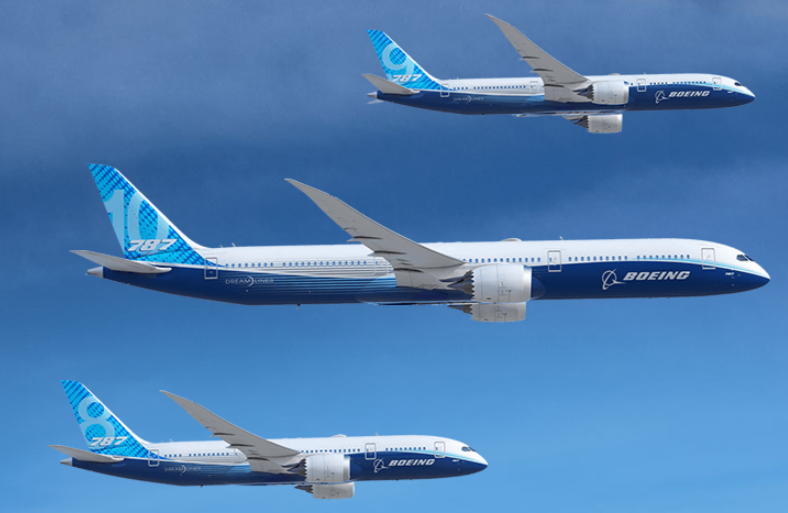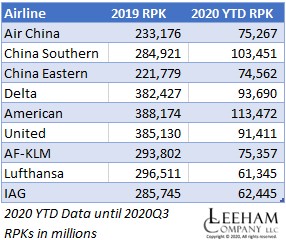Leeham News and Analysis
There's more to real news than a news release.
Pontifications: Airbus slows A320 production ramp up; widebody rates squishy
Jan. 25, 2021, © Leeham News: JP Morgan thinks Boeing 787 production rates will come down more than the 5/mo planned from May.
Airbus last week announced ramping up A320 rates will be slower than previously hoped.
And Airbus’ widebody rates, while maintained for now, seem squishy.
Small jet demand likely to stay depressed after COVID
Subscription Required
By Judson Rollins
Introduction
January 25, 2020, © Leeham News: As passenger travel trickles back to life, one trend that’s already apparent is a long-term diminution of airline yields in most regions.
This is largely driven by a reduction in business travel, some of which is likely to never return.
Regional jets and small single-aisles like the Airbus A220 and Embraer’s E2 family have higher unit cost, or cost per available seat-mile (CASM), than larger aircraft like the Boeing 737 or Airbus A320.
Achieving an operating profit with smaller jets requires high unit revenue, or revenue per available seat-mile (RASM). This will be difficult to achieve in a world where business travel is still down 70%-80% this year, even with a vaccine – and may be down 30% or more permanently.
What role will these smaller jets have after the pandemic? And will production match this new reality? A closer look is required.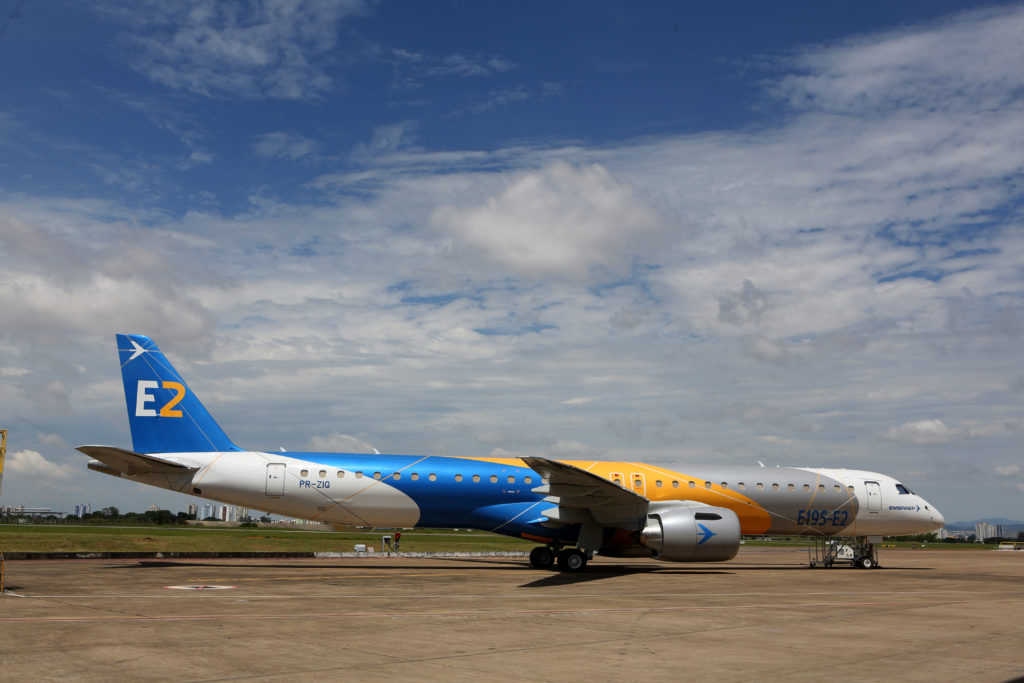
Summary
- Regional jets and smaller single-aisles have higher unit costs.
- High costs require higher unit revenue to be profitable.
- Business travel likely slow to return, with some permanently impaired.
- Smaller jets previously used for routes now in danger of demand fragmentation.
Bjorn’s Corner: The challenges of hydrogen. Part 21. Hydrogen airliner weight shift
January 22, 2021, ©. Leeham News: In last week’s Corner, we looked at how the hydrogen consumed in the rear fuselage tanks changes the airliner’s Center of Gravity (CG).
Now we discuss how this change of Center of Gravity, limiting the aircraft’s load flexibility, can be mitigated with different concepts.
The A350, Part 2: Analyzing the A350-800
Subscription Required
By Bjorn Fehrm
Introduction
January 21, 2020, © Leeham News: Before the holidays, we started a series to look into Airbus’ A350 family. We analyzed the development program and how the variants have sold.
Initially, the A350-800 won about 180 orders. But as the market received more information about the smaller variant, the more it realized it wasn’t an optimal airplane. It was never officially canceled. But orders was up-gauged to the A350-900. Airbus decided the variant wasn’t competitive and developed the A330neo instead. We now look into why.
Summary
- The A350-800 was positioned as Airbus’ main defense against Boeing’s new 787-9, the most efficient variant of the Dreamliner.
- As the A350 program was delayed, the A350-800 moved from an optimized variant to a “cut and shut” version. This compromised its efficiency.
- Gradually Airbus changed its strategy how to compete with the 787.
HOTR: Boeing could further cut 787 production rate—JP Morgan
By the Leeham News Staff
Jan. 20, 2021, © Leeham News: There is risk of another production rate cut for the 787, JP Morgan wrote in a Jan. 12 note.
Boeing already is reducing the rate to 5/mo this year. There are an estimated 60 787s in inventory due to production and quality control issues discovered last year that halted deliveries in November-December.
Podcast: 10 Minutes About China’s Commercial Aviation Industry
Jan. 19, 2021, © Leeham News: Today’s edition is 10 Minutes About China’s commercial aviation industry. 
China has one airliner in service, a second in flight testing and a third on the drawing board. Production is still a challenge.
We discuss how viable the airliners are and a bit about production–all in 10 minutes.
The ascent of the Big Three Chinese carriers
Subscription Required
By Vincent Valery
Introduction
Jan. 18, 2021, © Leeham News: As the COVID-19 outbreak spread throughout China in January last year, their airlines were the first hit by the sudden collapse in passenger traffic. Most of the world’s carriers would follow the same faith by March.
However, as China managed to bring the COVID-19 outbreak under control, domestic traffic progressively picked up. According to IATA statistics, October 2020 Revenue Passenger Kilometers (RPMs) in domestic China were down 1.4% year-over-year, compared with a 60.7% decline in the domestic USA market. However, one should note that travel between China and the rest of the world remains very limited, notably due to the draconian quarantine requirements on arrivals from abroad.
Due to the faster recovery in domestic passenger traffic, China Southern Airlines had more RPKs year-to-date than Delta and United, only trailing American Airlines. Air China and China Eastern Airlines have had comparable year-to-date RPKs with Air France – KLM, and more than Lufthansa and IAG. Below is a summary chart:
The three carriers received significant financial support from the Chinese government to sustain their operations.
The COVID-19 pandemic will likely accelerate the big three Chinese carriers’ global importance compared with their equivalents in the USA and Europe. With that in mind, LNA analyzes their structure and financials in recent years.
Summary
- Three state-owned enterprises;
- The specific structure of each carrier;
- Varying financial performance;
- Ambitious growth plans.
Pontifications: Electric aircraft builder poised to start production near Everett
 By Bryan Corliss
By Bryan Corliss
Jan. 18, 2021 © Leeham News — Western Washington aviation enthusiasts may need to send out an extra Valentine this year, addressed to Alice – the nine-passenger electric aircraft being developed by Eviation.
Sometime around Valentine’s Day, mechanics should begin assembling the first production Alice at the company’s new final assembly site in Arlington (WA), about 20 miles north of Boeing’s Everett facility.
“We are literally setting it up,” said Eviation Chairman Roei Ganzarski, last week from one of the two hangars that the company has taken over at Arlington Municipal Airport, as equipment boomed in the background. “We’re putting in fixtures and furniture and paint.”
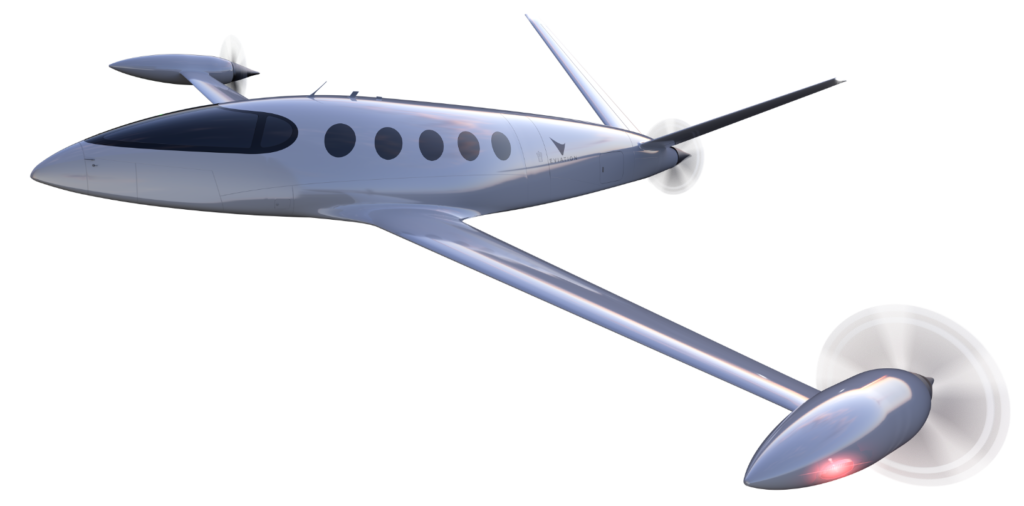 Ganzarski said his plan is to have the first production aircraft ready to start flight tests for FAA certification this summer – assuming that both Eviation and magniX, the company providing the electric motors to power the craft – are able to stand up new facilities, complete their initial hiring and get the first shipsets assembled on time.
Ganzarski said his plan is to have the first production aircraft ready to start flight tests for FAA certification this summer – assuming that both Eviation and magniX, the company providing the electric motors to power the craft – are able to stand up new facilities, complete their initial hiring and get the first shipsets assembled on time.
“What an exciting year 2021 is going to be,” Ganzarski said.
Read more
Bjorn’s Corner: The challenges of hydrogen. Part 20. Hydrogen airliner weight shift
January 15, 2021, ©. Leeham News: In last week’s Corner, we looked at how hydrogen consumed in the rear fuselage tanks of Airbus’ ZEROe concept affect the airliner’s efficiency.
Now we look at other aspects of the rear placement of the tanks.
HOTR: Some predictions for Airbus and Boeing
Jan. 14, 2021, © Leeham News: Making predictions is always a hazardous business.
Some predictions take years to resolve. The outcome of others come sooner than later. If you’re right, you look sage. If you’re wrong, you look like an idiot.
But HOTR is going to take a stab at it anyway.





